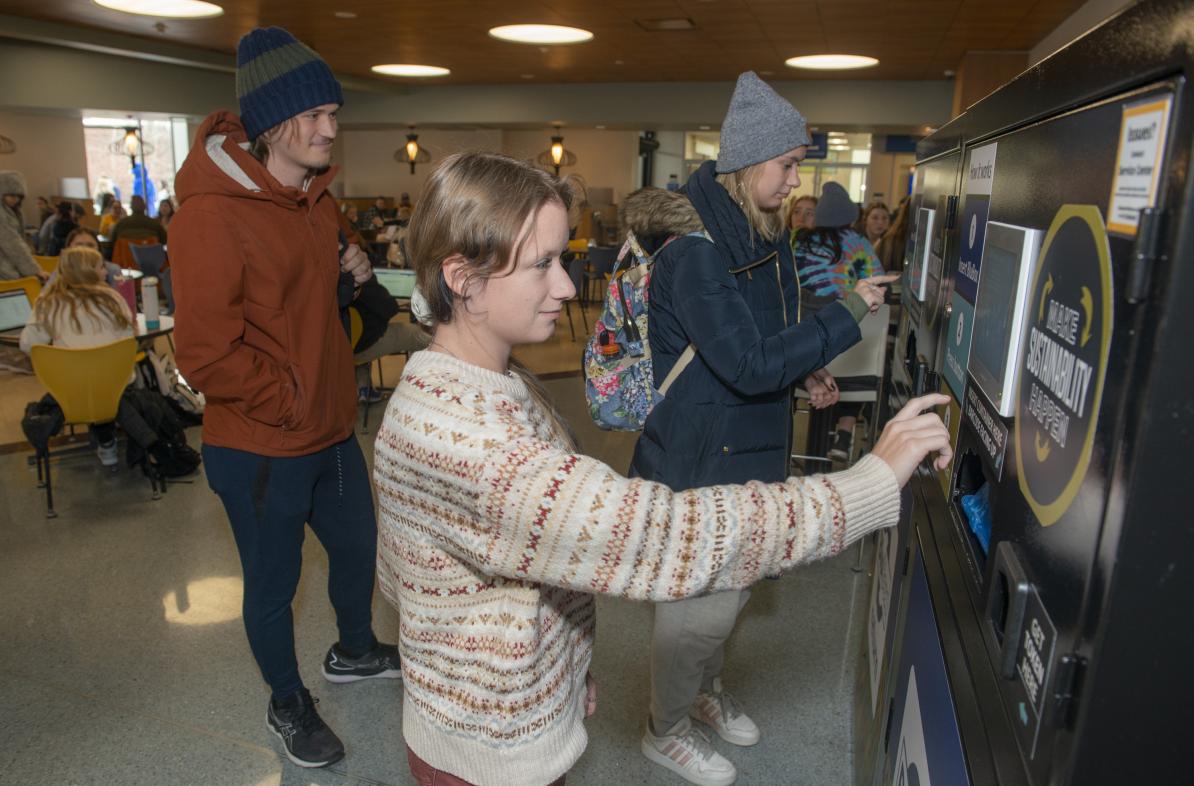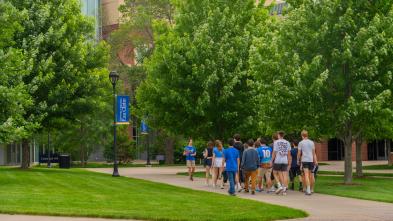Featured Image
For the media

Title
Sustainable BluBox container initiative marks one-year anniversary at UW-Eau Claire
Story Categories
Authored on
Sustainable BluBox container initiative marks one-year anniversary at UW-Eau Claire
Published on:
Intro text
As the BluBox container program at the University of Wisconsin-Eau Claire hits the one-year mark, the token-based container-exchange system has reduced the total number of single-use containers in dining services by nearly 100,000.
Sections
For the media
For the media
Image download


